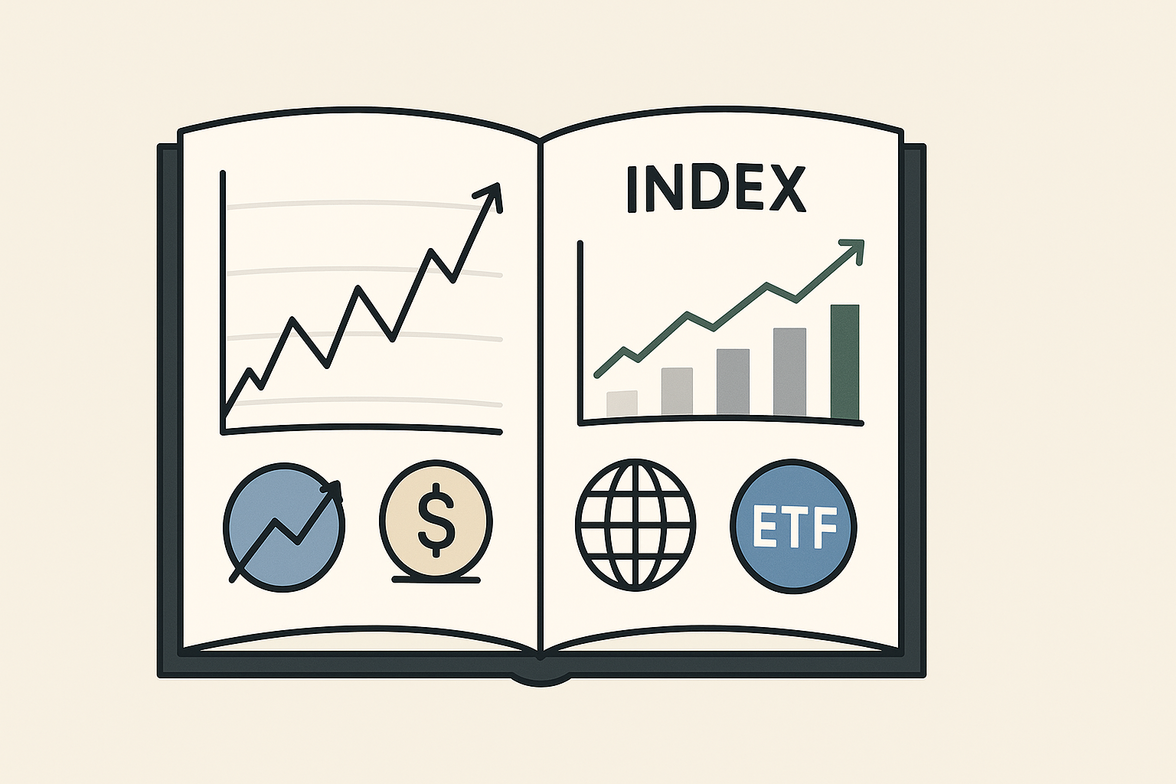
Introduction to Index Funds
Index funds structure has revolutionized global investing. These funds replicate the performance of a specific benchmark index, providing diversified exposure to entire markets or sectors. Unlike actively managed funds, index funds follow a passive management strategy, directly mirroring the index composition and weighting. Their growth has influenced both institutional and retail investing practices. For a thorough understanding of index funds, you may consult [Investopedia’s Index Fund definition](https://www.investopedia.com/terms/i/indexfund.asp) or the [Wikipedia page on Index Funds](https://en.wikipedia.org/wiki/Index_fund).
Structure and Mechanics of Index Funds
Index funds are mutual funds or exchange-traded funds (ETFs) designed to track the performance of a market index. Fund managers construct portfolios that match the constituents and proportions of the chosen index. Portfolio rebalancing occurs periodically to maintain alignment with the underlying index, accounting for corporate actions, constituent changes, and market capitalization shifts. Tracking error gauges the deviation between fund performance and the index benchmark.
Index Selection and Replication Techniques
Index providers define methodologies behind the construction of indices. Fund providers select indices based on market coverage, investability, and tracking feasibility. Full replication involves holding all securities in an index, while sampling techniques use subsets to approximate performance, primarily for indices with liquidity constraints or prohibitive transaction costs. Synthetic replication leverages derivatives such as swaps to provide index-linked returns where direct replication is inefficient.
Fees and Cost Structures
Index funds generally feature lower expense ratios than actively managed funds due to passive investment mandates, minimum trading, and lower research demands. Key costs for investors include the total expense ratio, tracking error costs, and potential bid-ask spreads for ETFs. Over extended time horizons, lower fees directly improve compounded returns.
Comparative Performance: Index vs. Active Funds
Empirical studies over multiple decades indicate that index funds often outperform the majority of actively managed funds on a net-of-fee basis, particularly in developed, efficient markets. This is largely attributed to persistent cost advantages and limited outperformance persistence among active managers after fees are deducted. Investors seeking market-level returns with minimized costs typically gravitate toward index funds.
Role in Portfolio Diversification
Index funds offer inherent diversification across various companies, sectors, and sometimes geographies, reducing idiosyncratic risk. They serve as foundational holdings in asset allocation strategies, facilitating exposure to stock, bond, and other asset classes through a simple instrument. This broad diversification is particularly significant in minimizing the impact of individual security risks within an investment portfolio. The [US Securities and Exchange Commission](https://www.investor.gov/introduction-investing/investing-basics/types-investments/investment-funds/index-funds) provides more information on the importance of diversification.
Historical Performance and Market Influence
Since the launch of the first modern index fund in the 1970s, passive investing has gradually asserted a dominant role in capital markets. The increased prevalence of index funds has contributed to greater transparency, fee compression, and liquidity. However, critics cite potential risks such as reduced market efficiency and outsized influence of mega-cap stocks within capitalization-weighted indices. Ongoing academic and regulatory debates examine the broader implications of substantial indexing market share.
Risks and Considerations
Although index funds are generally designed for broad exposure and lower risk, they remain subject to systematic market risk. Investors are also exposed to tracking error risks, potential index rebalancing drag, and concentration in certain sectors if the index is not well-diversified. Liquidity of the underlying securities and ETF trading conditions may also affect realized returns.
Conclusion
The structure of index funds brings investors both diversification and cost efficiency. Their adoption has significantly changed the investment landscape, making passive management a mainstream option. Understanding how index funds are constructed and managed helps investors make well-informed portfolio choices.



